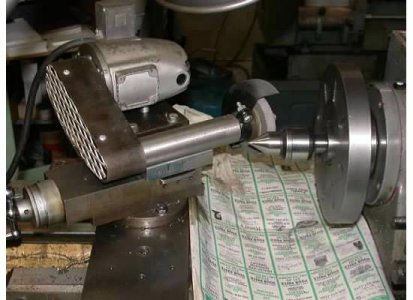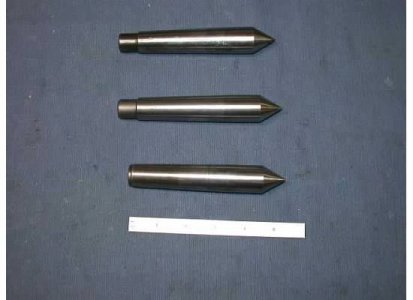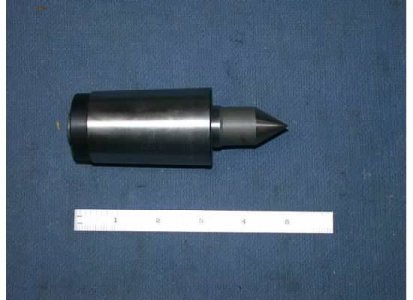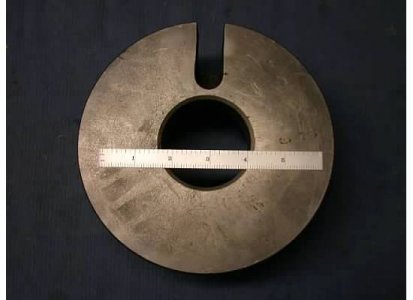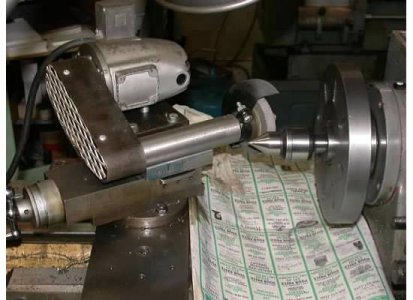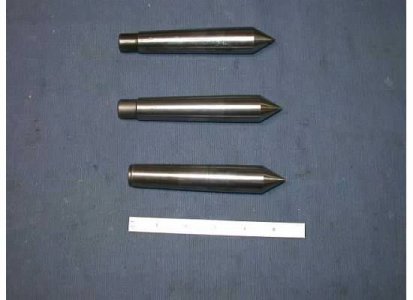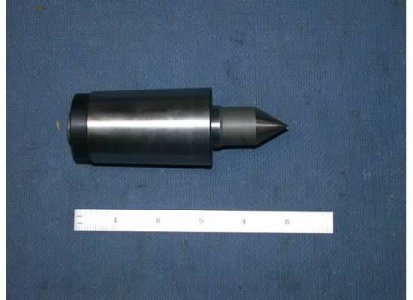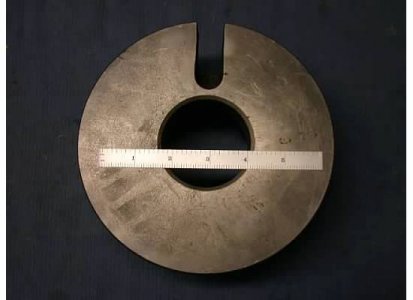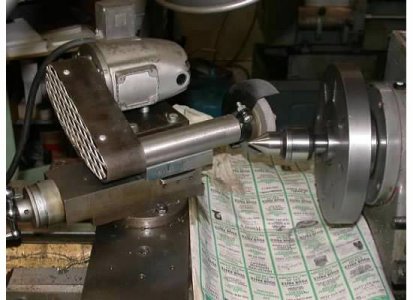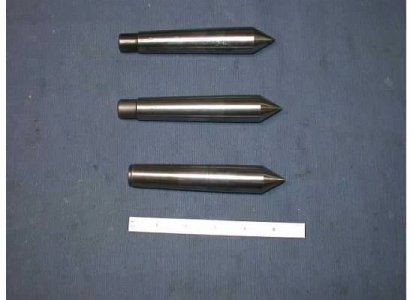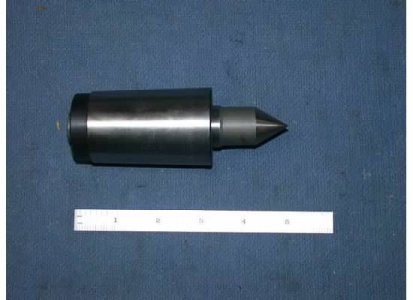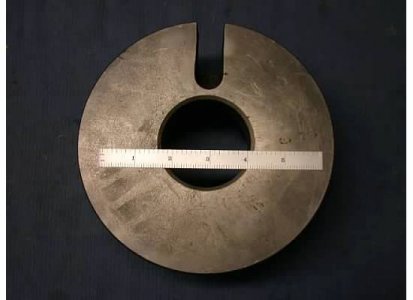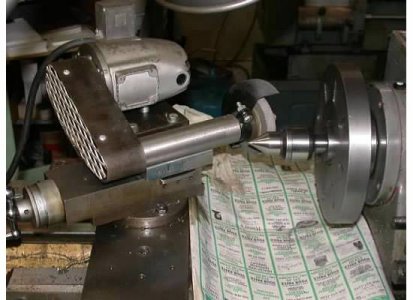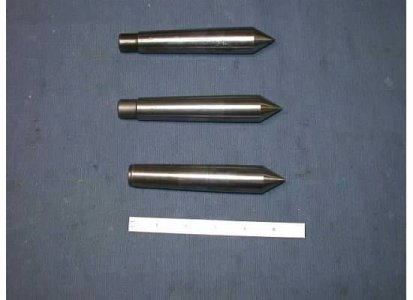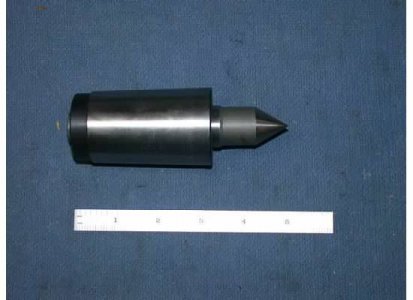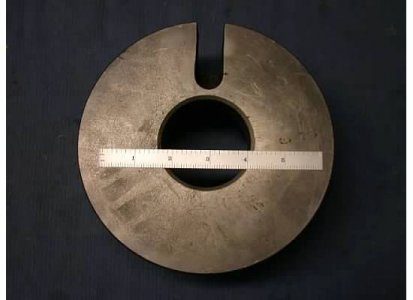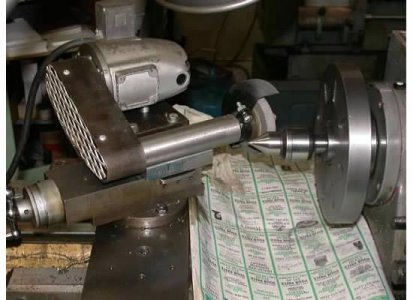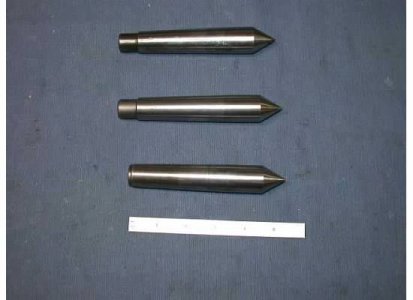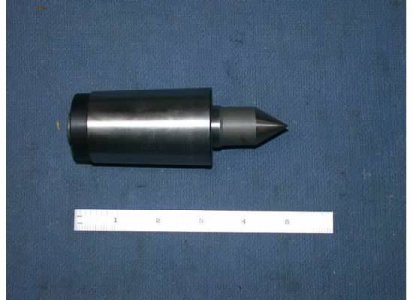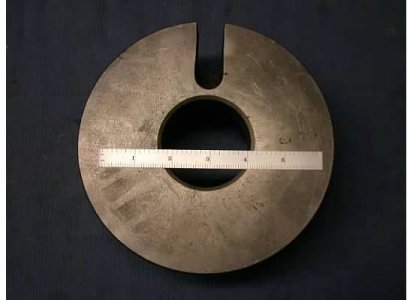I remember talking to my instructor many, many years ago and he corrected me on the terms "live center" and "dead center" and I'm curious to see if others have heard this before. He told me that a live center is a center that is rotating such as you would find in the headstock when turning between centers on a lathe. A dead center is in a non-rotating fixture such as a tailstock. When using a ball bearing center in a tailstock, he told me that was called a rotating dead center (because it's mounted in a "dead" holder) and a solid center is called a non-rotating dead center.
Anyone else heard of this before? I know that most will refer to a spinning center in a tailstock as a "live center".
Absolutely.
Old school terms, which I use all the time as I am 68 and "Old School".
Live center is the one in the headstock that rotates, or moves, hence it is "live".
Dead center is the one in the tail stock that does not rotate, hence it is "dead".
Another note, in olden times the live center was soft so wear could be easily observed, then the center was reground. Tail stock dead center was hardened and usually marked with a ring around the center just below the cone. The apprentice that put the live or dead center in the wrong place on the lathe got his knuckles rapped!! Today's centers are almost always hardened.
Ball bearing center is the one in the tail stock that has ball bearings to allow the 60 degree cone to rotate with the work piece. It is not a live center!!
Centers must be maintained. Even the ball bearing centers. Quality live centers have precision bearings with zero clearance.
Grinding a ball bearing center to true it up. Same procedure for the live center and the dead center. The resistance from the lubricant in the bearings is sufficient to allow grinding with a light cut, yet still allowing a slow rotation of the cone with respect to the center body, giving uniform grinding. The lathe spindle is under power and turning when grinding.
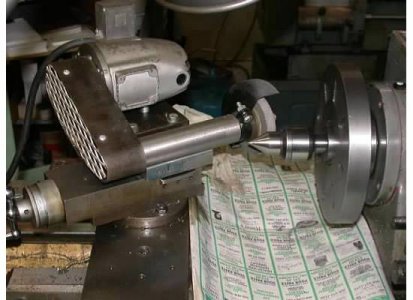
Each of my lathes (I have 3) has dedicated centers. Match marked for each lathe. The live center for each lathe is ground in that lathe's spindle and index marked to the spindle prior to removing the center after grinding.
There is somewhat of an "art" in properly using centers without damaging the dead center. Adequate lube of the proper type and a sensitive feel when tightening the tail stock hand wheel. Don't push the lube out!
Three dead centers freshly ground. They go into a protective tube (Old end mill plastic tubes) for storage.
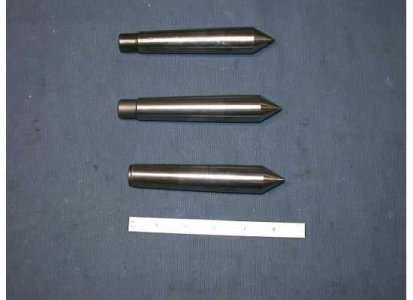
Live center for my 14x40, freshly ground. The no.3 center is match marked to the 3/5 sleeve and stays there. The 3/5 sleeve is match marked to its lathe. Also goes in a protective plastic tube when not in use.
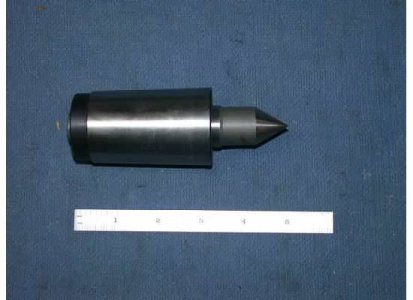
A dog plate for my 13x36 with threaded spindle. The 14x40 also has its dog plate, but in D4 camlock. Do not let the big slot fool you, both dog plates have balance weights on the back side.
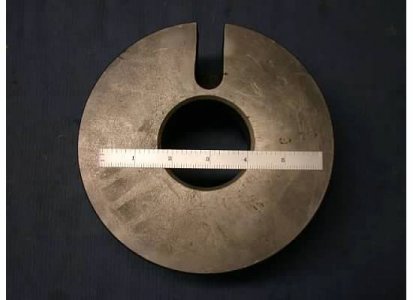
CMD center lube has been around a long time. I started using it in the 1960's. Good stuff. Way back it came in an aluminum tube that always cracked when you rolled it up like a tooth paste tube, with some of the lube coming out of the cracks when you squeezed it. A real pain and much of it was wasted.
A funny note, when I started work in a machine shop (sweeping floors and cleaning out chip pans) I learned by watching the "Old School Guys". They were in their 60's and apprenticed prior to WWII. Now I am68 years and have joined the "Old School Fraternity".
